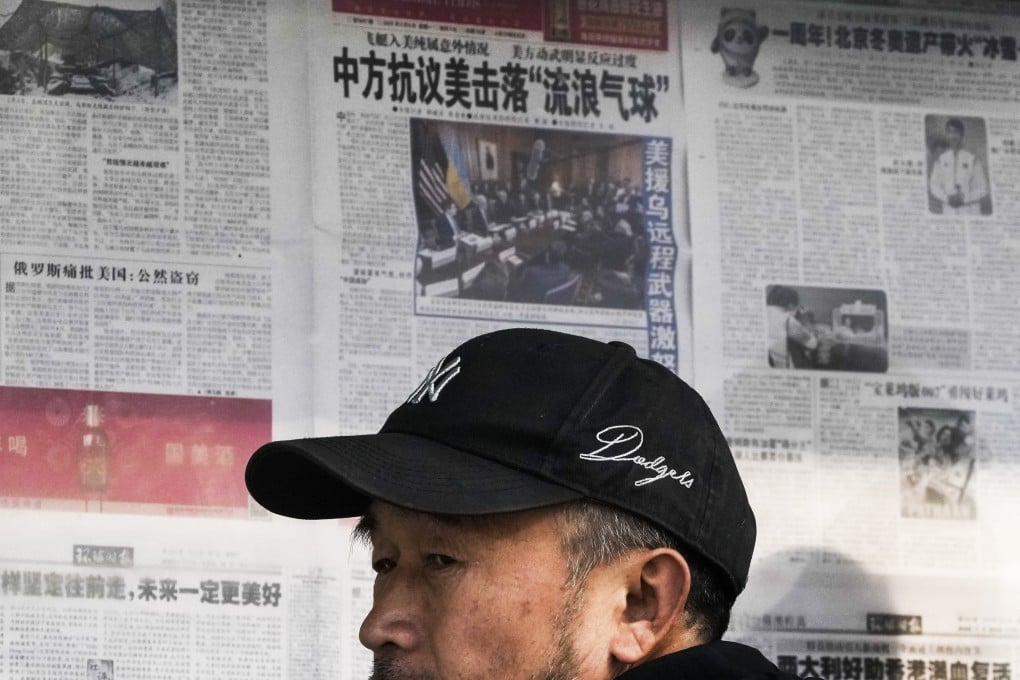The View | Investors should learn to spot the news narratives that move markets
- Narratives like ‘zero-Covid’ or ‘Russian invasion’ act as powerful forces on markets; mining them for key data can help investors stay on top of trends
- Even using internet tools to monitor the frequency and correlation of key words found within news narratives can give investors clues about their future impact

“On Wall Street today, news of lower interest rates sent the stock market up, but then the expectation that these rates would be inflationary sent the market down, until the realisation that lower rates might stimulate the sluggish economy pushed the market up, before it ultimately went down on fears that an overheated economy would lead to a re-imposition of higher interest rates.”
It follows that within the front-page narratives of the chattering classes, there is information that we could mine to forecast where prices may possibly go. Narratives are the voice of the market.
This is “narrative finance”, a term that I coined for my newly completed PhD studies. Narratives transmit the disruptive forces from news events through the market and inspire investors to shift asset prices. Information is embedded within the text and speech of the legacy narrative.
My research sought to extract information from nebulous, hazy narrative. To do this, I analysed the crashes of the two Boeing 737 MAX 8 aircraft in 2018 and 2019 that caused 346 deaths. They provided a case study of two events with one cause, but different narrative outcomes.

